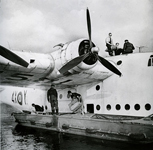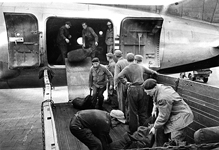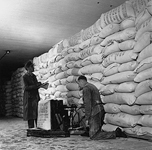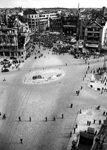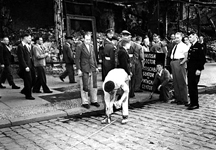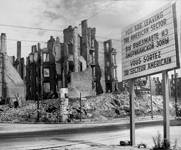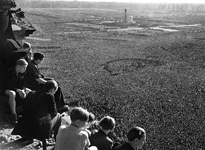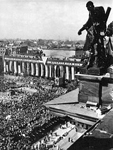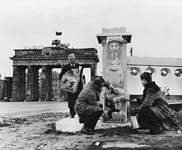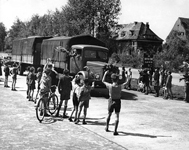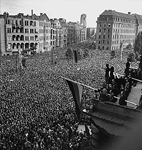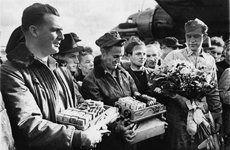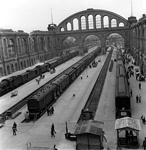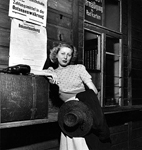

Introduction
The separate currency reform in the Western zones and in West Berlin provided the occasion for the Berlin Blockade. On 24 June 1948 the Soviet occupying power closed off all access roads to West Berlin through their zone. Gas and electricity supplies to the Western sectors from the Soviet sector were also drastically reduced. The blockade aimed to force the Western powers to abandon the three Western occupation zones in Berlin.
On the initiative of the US military governor Lucius D. Clay the West-Berlin population was supplied by means of an airlift. With almost 200,000 flights, around 1.5 million tons of vital goods were transported to Berlin. A transport plane landed at one of the three West-Berlin airports every two or three minutes. In the popular German phrase the airplanes were called “raisin bombers”.
In this way the Americans, British and French succeeded in safeguarding the basic supply of goods to the city. The airlift was a gigantic logistic undertaking that had begun with uncertain outcome and ended as a success story. On 12 May 1949 the Soviet Union rescinded the Berlin Blockade.
Airlift
Everyday Life
Sector Borders
Rally
End of Blockade
Anhalter Bahnhof





